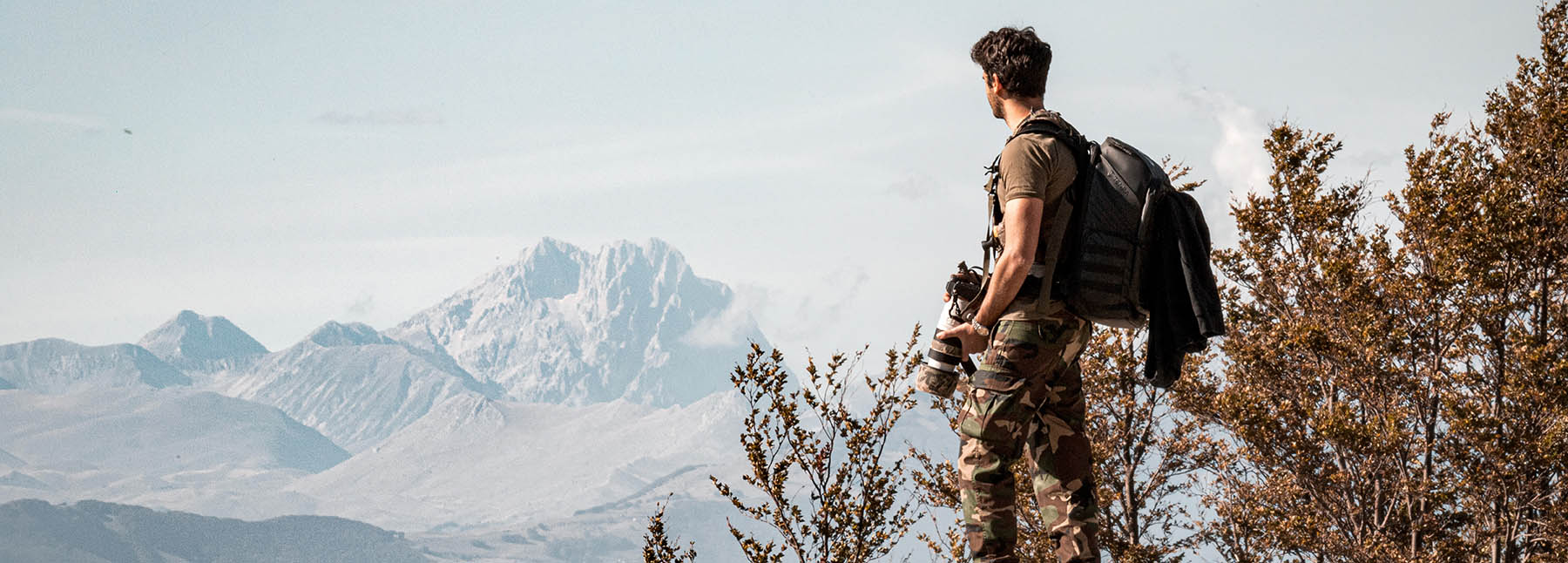
Filming animals for conservation – Make a difference
How can shooting wild animals benefit conservation? How will awareness about their plight for survival in a threatening world be furthered, by being shot? Probably had you there for a second – what I am talking about, is shooting animals with something other than a gun, something much more powerful. Something that can echo into eternity and not just “bang” once. Something that can create tremors across continents, and not just a short, uncomfortable shiver. I am, of course, talking about shooting animals with an arsenal of film and photography equipment, documenting the drama of their everyday lives and sending awe inspiring footage and images out into the world.
So, how does taking pictures and making films, benefit the wellbeing of animals?
Over the ages, storytelling has been the most powerful way to capture and inspire audiences into action. Today, digital technology and the internet connect billions of people, who would otherwise be in the dark about the happenings in the natural world. Think about documentaries like The Cove and Blackfish – films that garnered a following of millions, influencing international politics and essentially setting the wheels in motion to protect animals much more effectively.
And it is not only recently that the medium took off. Since the first time it was published in 1888, National Geographic Magazine has told nature’s story, with amazing images of animals in dark corners of the world, under threat from development and human cruelty. These images inspired many people to join conservation initiatives, donate to wildlife charities and even become the thought leaders and pioneers of wildlife conservation.
Advances in technology and the birth of social media
Back in the day(or make that, about 25 years ago), making wildlife films and taking photographs of animals in exotic locations, were only designated for a select few – either highly talented or well connected – individuals. Dreaming of a career in this highly competitive industry was only that – a dream, and mentioning it as a prospective career would have induced bursts of very sceptical laughter from your peers.
Download FREE eBook featuring 18 International scholarships to fund overseas experience travel

Luckily, this has changed quite dramatically. Filming and photography equipment became much more affordable and the quality of entry level gear is at such a level that what you have in your bank account have a very small effect on the quality of your work.
Then, Social media happened, and changed many things – good and bad. Youtube made it possible to share your boring family holiday film with the entire world (bad), but also gave a mouthpiece to aspiring wildlife filmmakers, who would otherwise not be able to share their talents. (very good!)
Any tips on how I can aid in conservation, by “shooting” animals?
Anyone, even people without a video or photo camera, can raise awareness by just sharing images and video on their social media profiles. Even if just one person in your 700 strong friend list reacts about a video about rhino poaching, you achieved wonders. Share the beauty of nature with family and friends by just posting a picture of untouched forest on your wall. If only one person decides to put a can of soda in a recycling bin after being inspired, you have won half the battle!
Conservation really can be that simple!
Blogger Profile - Ryan Johnson
Ryan is a well known wildlife film maker and shark biologist located in MosselBay, South Africa. His work is highlighted as researcher, television host, camera operator and scientist on shark and marine documentaries for international broadcastors including National Geographic Network.
Kickstart your wildlife media career!
Find your perfect wildlife media speciality program





